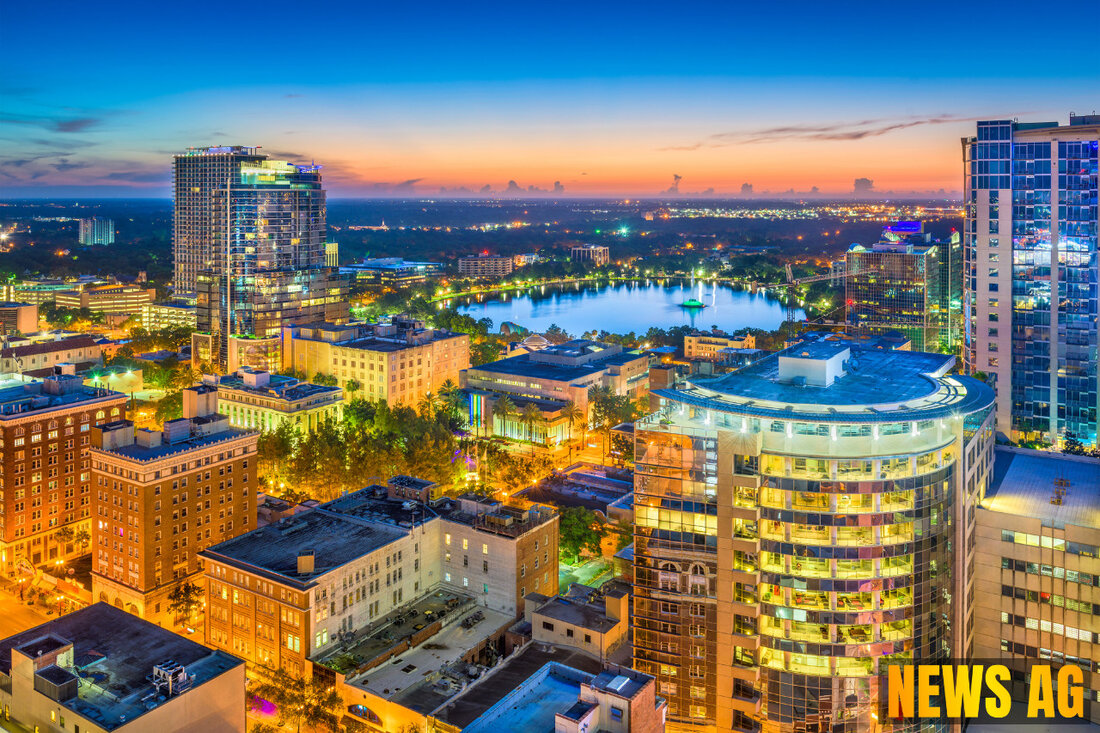Florida Law Sparks Outrage: Is Vibrant Street Art at Risk?

Miami Springs, Florida, USA - Florida’s vibrant streets are facing a major change, all thanks to a new law that seeks to impose uniform standards on street art. As the Florida Department of Transportation (FDOT) initiates this crackdown, many local communities are reacting with a mix of disappointment and bewilderment. Citing safety concerns, the FDOT warns that colorful markings could distract both drivers and pedestrians, potentially jeopardizing road safety. Cities across the Sunshine State, including Boynton Beach, are already starting to scrub away beloved artistic expressions like rainbow-painted intersections.
As local governments comply, residents can’t help but voice their displeasure. “This feels like a blow to our community,“ said a concerned citizen. As the emotional toll rises, many locals are questioning whether the state’s priorities are truly in line with public safety. For instance, would a pothole on the street be more distracting than a rainbow crosswalk? Wilton Manors Vice Mayor Chris Caputo has also chimed in, emphasizing the importance of community symbols like the rainbow bridge and memorials, which bring residence together and provide emotional solidarity.
Reaction from the Community
The law mandating the removal of street art isn’t just hitting one neighborhood. West Palm Beach has confirmed plans to eliminate its pride-themed crosswalk, while Delray Beach’s pride sidewalk art also hangs in the balance. Miami Beach and Key West are also on alert as local officials grapple with the consequences of this new legislation, rooted in Senate Bill 1662, which seeks to ensure compliance with traffic control standards.
In St. Petersburg, where rainbow-colored artwork has flourished, residents voiced frustration as the FDOT announced that these creative markings may need to be wiped clean. The revised rules have set off a call to action from advocacy groups like Activate St. Pete, who argue that street art doesn’t endanger safety; in fact, studies from Florida State University and Bloomberg reveal that it may even reduce traffic accidents. Daniel Cammardella, a founding member of Activate St. Pete, lamented, “It feels like the government isn’t completely informed about the positives of street art.”
The Broader Picture
At the national level, U.S. Transportation Secretary Sean Duffy supports the ban on pavement art, arguing that taxpayer dollars should prioritize safe streets over adornments. Yet, this perspective is sowing discord among those who believe art reflects community identity. Bior Guigni, executive director of St Pete Pride, has voiced particular concern about the law’s impact on LGBTQIA+ representation. He remarked that such art symbolizes inclusion and solidarity, essential elements of community bonding.
The debate about street art has much deeper roots, touching on a complex web of legality and community culture. While some regard bright murals and crosswalks as vital to urban landscape, others see them as distractions that compromise safety. Questions about artistic expression and the integrity of public spaces loom large, with many jurisdictions struggling to find a balance. The ongoing dialogue highlights how society’s relationship with public art is evolving, where vibrant expressions can coexist with necessary regulations—a balance that remains a work in progress.
As Florida communities navigate these new waters, the voices of residents ring clear. The struggle for artistic freedom is unfolding, sparking essential discussions about public space, community identity, and safety. The outcome of this debate may well shape Florida’s streets for years to come.
| Details | |
|---|---|
| Ort | Miami Springs, Florida, USA |
| Quellen | |
